The animal kingdom houses countless fascinating creatures, but few inspire the same mixture of awe and fear as lethal reptiles. From the lightning-fast strike of a black mamba to the bone-crushing power of a saltwater crocodile, these animals possess remarkable adaptations that can prove deadly to prey and potential threats alike. But what exactly makes certain reptiles so dangerous? Is it merely their venomous bite, or do other factors contribute to their lethal reputation? This article delves into the science behind reptilian lethality, exploring the sophisticated biological mechanisms that have evolved over millions of years to create some of nature’s most formidable predators.
The Evolution of Reptilian Lethality
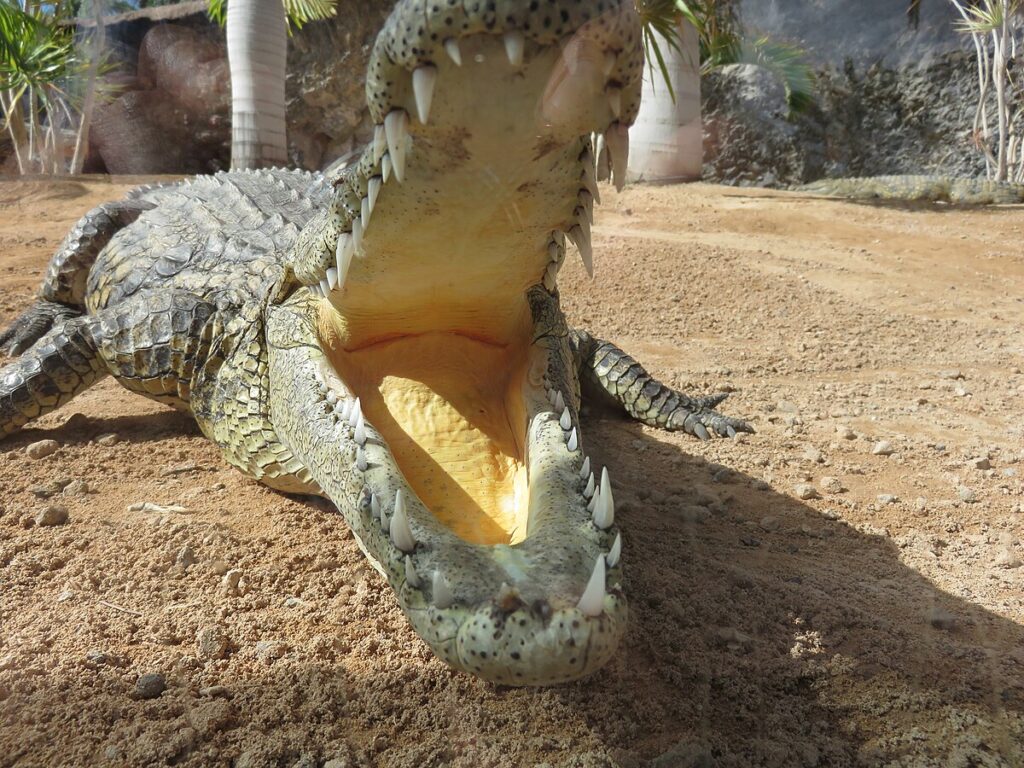
Reptiles have been evolving their deadly arsenals for over 300 million years, developing specialized adaptations that enable them to survive in diverse environments across the globe. These adaptations didn’t develop for human harm but rather as sophisticated survival mechanisms for hunting prey and defending against threats.
The evolutionary pressure to secure food and territory has created remarkable specializations in different reptile lineages, from the venomous bite of advanced snakes to the powerful jaws of crocodilians. Interestingly, lethal capabilities have evolved independently multiple times within reptiles, demonstrating what evolutionary biologists call convergent evolution. This long evolutionary history has refined these mechanisms to remarkable efficiency, making certain reptiles among the most dangerous animals on Earth despite their often small size relative to mammals.
Venom: Nature’s Complex Chemical Weapon

Venom represents one of the most sophisticated biological weapons in the animal kingdom, and reptiles have mastered its use. Unlike poison, which must be ingested or absorbed, venom is actively injected into victims through specialized delivery systems like fangs or spines. Reptile venoms are complex cocktails containing dozens to hundreds of different toxins, enzymes, and proteins working synergistically to immobilize, kill, and sometimes digest prey.
These chemical compounds target specific physiological processes in victims, such as disrupting nerve transmission, destroying tissue, preventing blood clotting, or causing paralysis. The complexity of these venoms makes them incredibly difficult to defend against, as they often attack multiple biological systems simultaneously. Researchers have identified that some snake species can even adapt their venom composition based on prey availability in their environment, demonstrating the remarkable sophistication of these chemical arsenals.
The Mechanics of Venom Delivery Systems
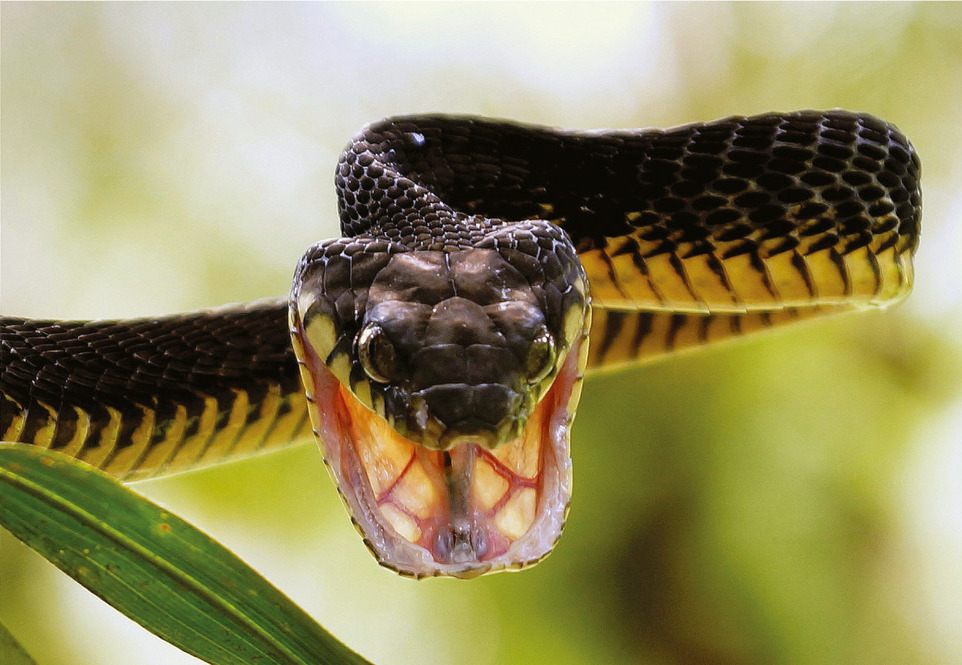
The effectiveness of venom depends greatly on the specialized delivery systems reptiles have evolved. Venomous snakes exhibit three primary fang designs: front-fanged (like cobras and vipers), rear-fanged (like many colubrids), and fixed-fanged (like mambas). Vipers possess perhaps the most advanced delivery system with their hollow, hinged fangs that fold against the roof of the mouth when not in use and deploy rapidly during strikes.
The Gila monster and its relative, the Mexican beaded lizard, represent rare examples of venomous lizards, using grooved teeth and powerful jaws to chew venom into wounds. Some delivery systems include specialized muscles to control venom expenditure, allowing the animal to regulate how much venom is injected based on threat assessment or prey size. These precision delivery mechanisms have evolved over millions of years to maximize efficiency while minimizing the energy cost to the reptile.
Neurotoxic Venoms: Attacking the Nervous System
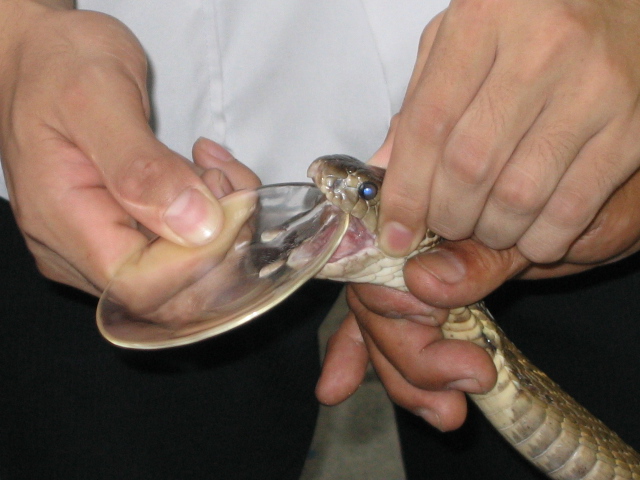
Neurotoxic venoms represent some of the most rapidly lethal substances in nature, targeting the nervous system to cause swift incapacitation or death. These venoms work by interfering with nerve impulse transmission, often by blocking ion channels or disrupting neurotransmitter release at synapses.
Mambas, cobras, and many Australian elapids like the inland taipan specialize in neurotoxins that can cause respiratory failure within minutes to hours after envenomation. The intricate molecular structure of these toxins allows them to bind with extreme specificity to receptors in the nervous system, making them both devastating and fascinatingly precise in their mechanism. Some neurotoxins, like those found in cobra venom, can affect the autonomic nervous system, disrupting essential functions like heart rate and breathing with terrifying efficiency.
Hemotoxic Venoms: Destroying Blood and Tissue
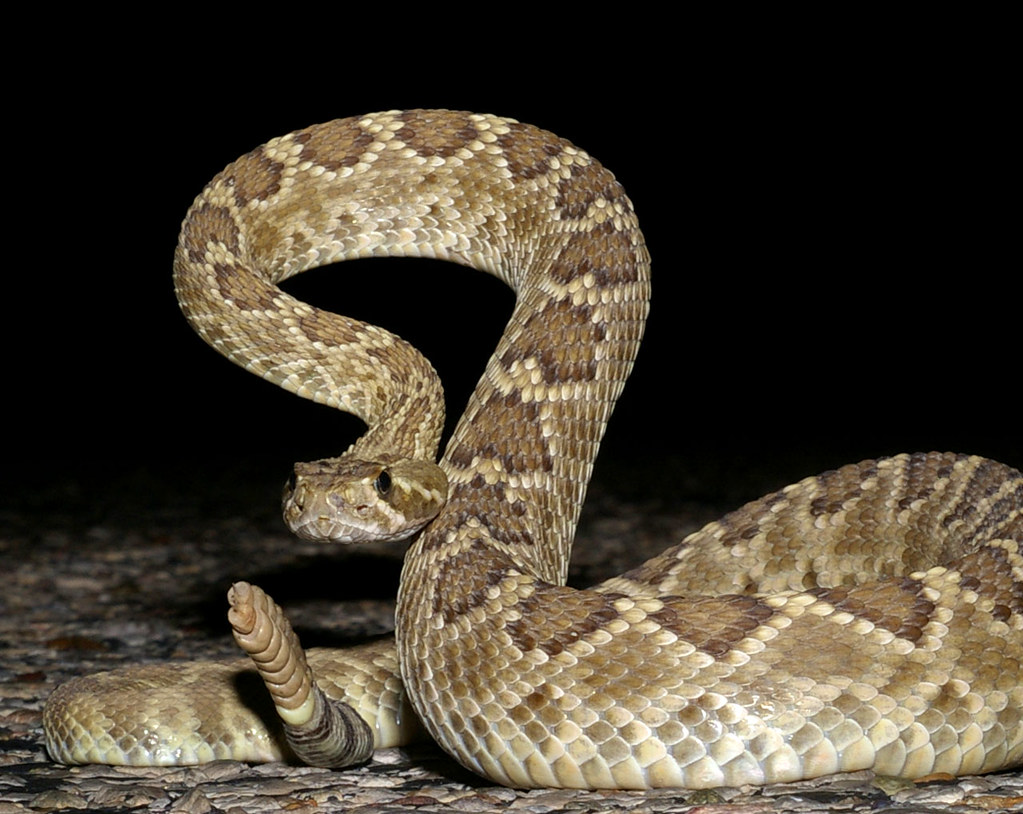
While neurotoxins attack the nervous system, hemotoxic venoms target blood and tissue, causing devastating local and systemic damage. These venoms typically contain enzymes that break down cell membranes, destroy blood vessels, and prevent blood clotting, leading to massive hemorrhaging and tissue necrosis. Vipers like rattlesnakes and many pit vipers specialize in hemotoxic venoms that not only immobilize prey but begin the digestive process before the prey is even consumed.
The effects of hemotoxic envenomation can be gruesome, with victims experiencing severe swelling, blistering, and tissue death that may require amputation if medical intervention isn’t quickly available. These venoms demonstrate evolutionary efficiency by serving dual purposes – killing prey and beginning digestion – making them particularly effective for predators that consume relatively large prey compared to their own body size.Cytotoxic Venoms: The Cell Destroyers
Cytotoxic Venoms: The Cell Destroyers
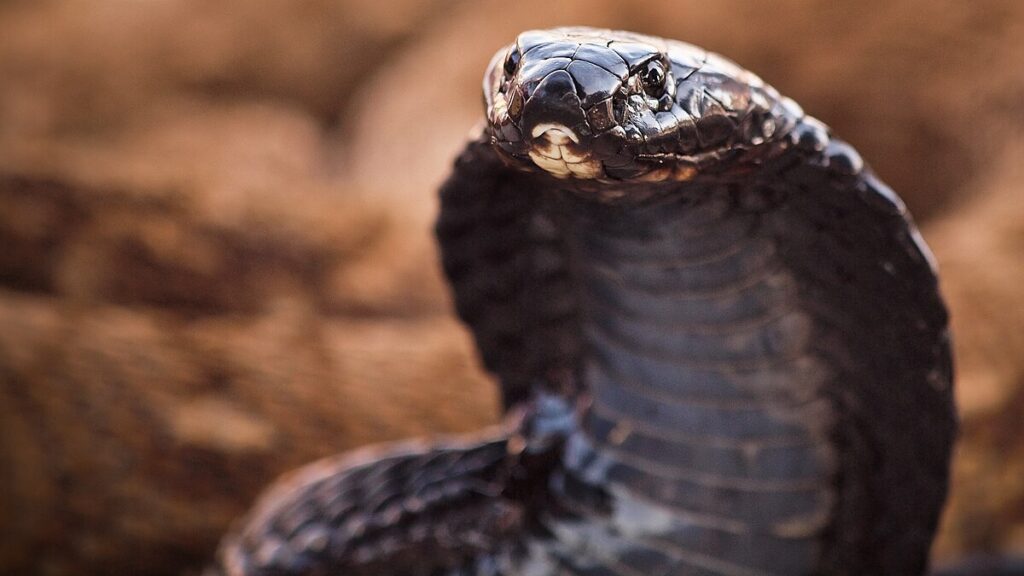
Cytotoxic venoms represent another devastating class of reptilian weapons, specifically targeting cellular integrity throughout the body. These venoms contain components that directly attack cell membranes, causing them to rupture and die in a process that can cascade through tissues rapidly. The spitting cobras of Africa and Asia have evolved venoms rich in cytotoxins that cause excruciating pain and permanent tissue damage, particularly dangerous when sprayed into the eyes of potential threats.
Cytotoxic effects often manifest as severe local pain, swelling, blistering, and eventual tissue necrosis that can progress for days after the initial envenomation. The slow, progressive nature of cytotoxic damage makes these venoms particularly insidious, as victims may initially underestimate the severity of the bite until substantial tissue damage has already occurred.
Physical Power: Reptilian Strength and Force
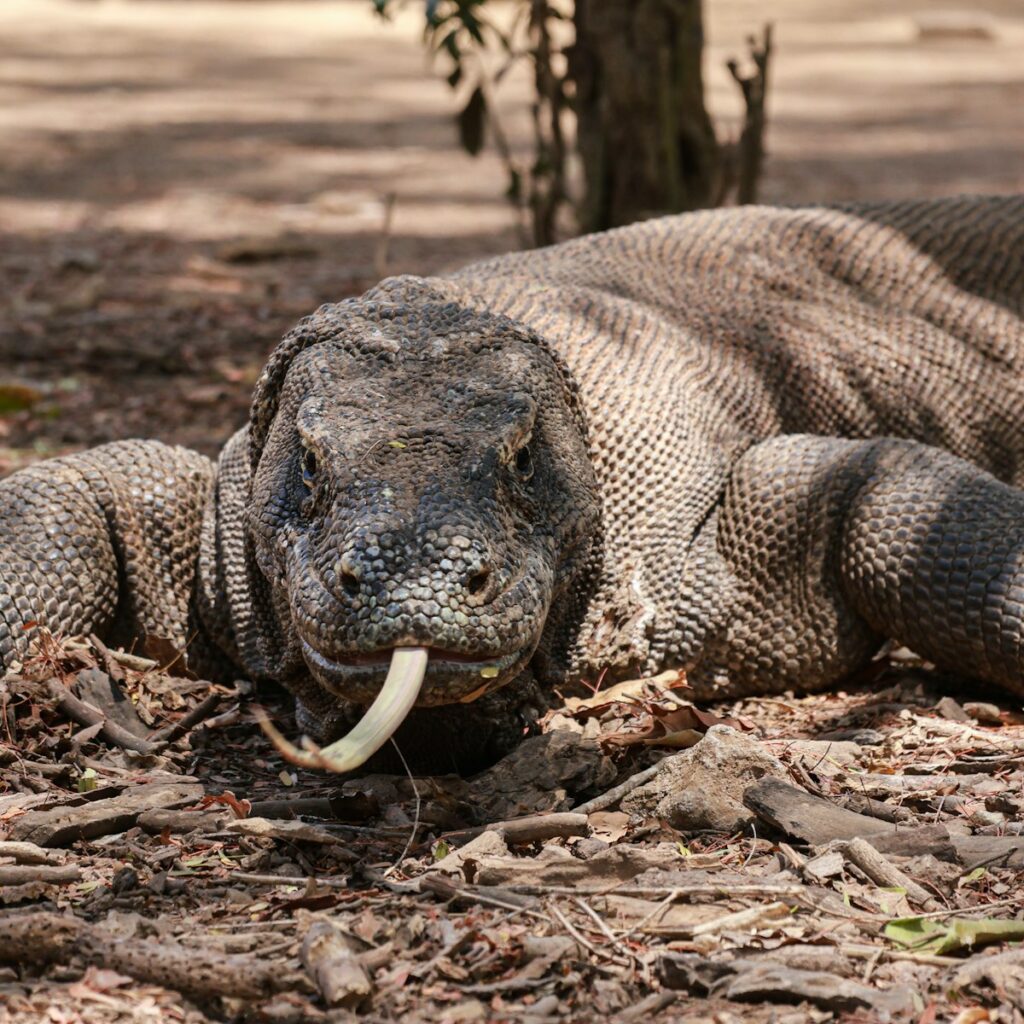
Not all lethal reptiles rely on venom; some have evolved remarkable physical power that makes them equally dangerous. Crocodilians possess the strongest bite force of any living animal, with the saltwater crocodile generating pressure exceeding 3,700 pounds per square inch – strong enough to crush bones and drag large mammals into water. Large constrictors like anacondas and reticulated pythons use their muscular bodies to exert crushing pressure around prey, causing death through asphyxiation and cardiovascular collapse rather than broken bones as commonly believed.
The Komodo dragon combines physical strength with a bacteria-laden bite and mild venom to create a multi-faceted hunting strategy that few prey can survive. These physical adaptations demonstrate that lethality in reptiles extends well beyond chemical weapons, encompassing biomechanical advantages that have been refined through millions of years of evolution.
Speed and Stealth: The Ambush Advantage
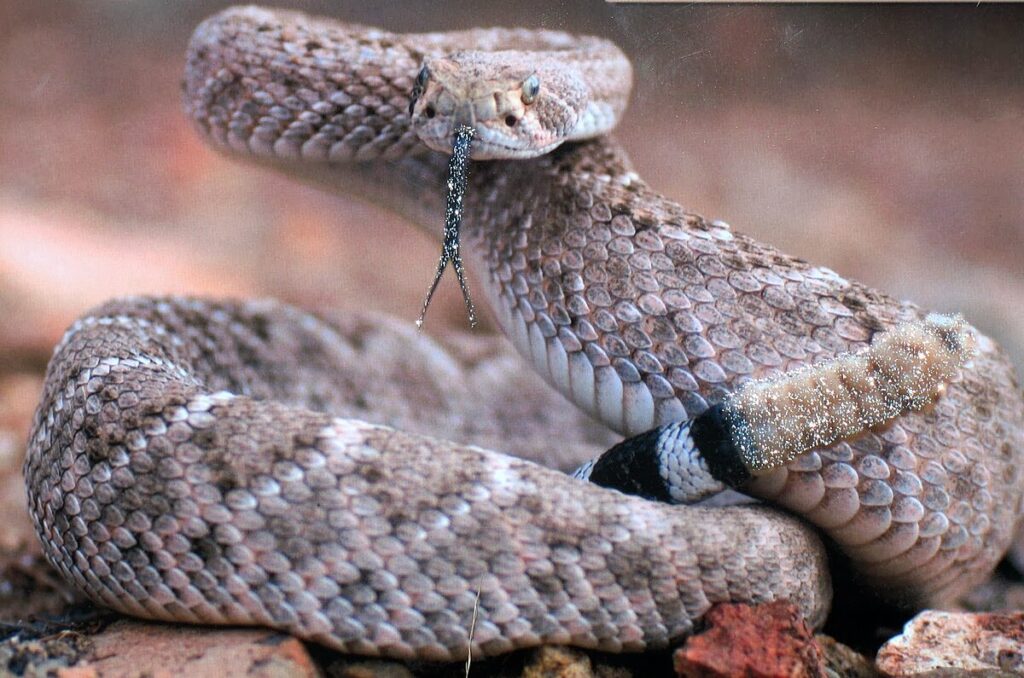
Many lethal reptiles enhance their dangerous capabilities through remarkable speed and ambush tactics that leave prey with little chance of escape. The strike of a rattlesnake can accelerate from resting position to target in less than 50 milliseconds, faster than a human can blink. Crocodilians can remain nearly motionless for hours before exploding from the water with explosive force to capture prey at the water’s edge, using a specialized metabolism that allows for long periods of energy conservation.
Many venomous snakes have evolved camouflage patterns that render them nearly invisible against their preferred habitats, allowing them to strike with minimal warning. These behavioral and physical adaptations for stealth and surprise attacks multiply the effectiveness of venom or physical strength by ensuring the reptile can deliver its lethal capabilities before prey can react defensively.
The Most Lethal Reptiles on Earth
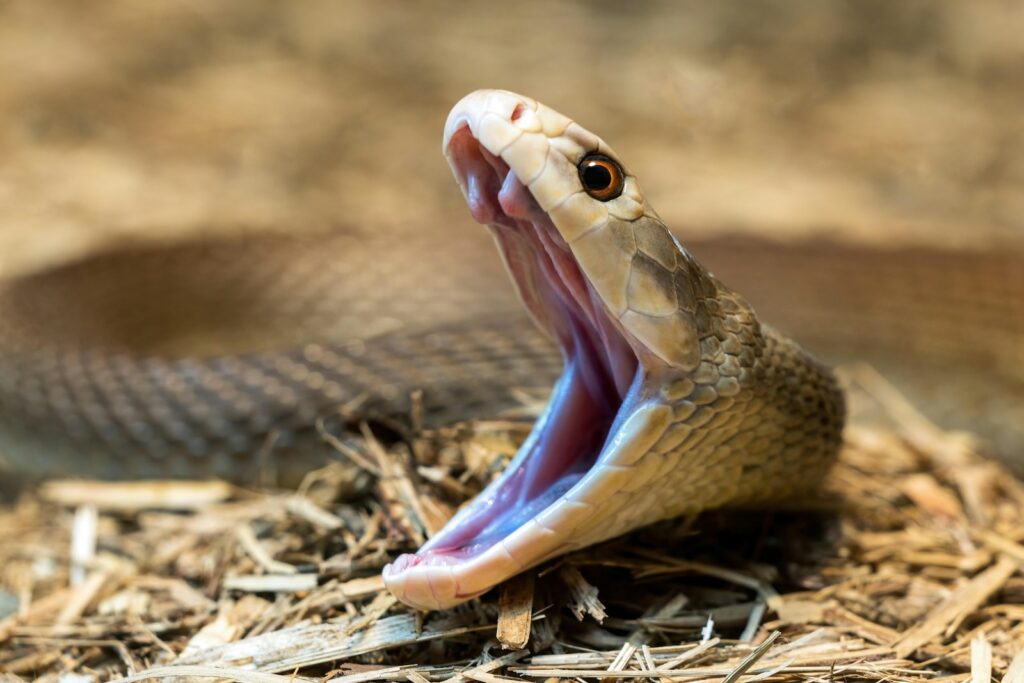
When considering the world’s deadliest reptiles, several species consistently top the list for their exceptional lethality. The inland taipan of Australia possesses venom so potent that a single bite contains enough toxins to kill approximately 100 human adults, making it possibly the most venomous land snake in the world. The saltwater crocodile combines enormous size (up to 23 feet long) with territorial aggression and ambush hunting tactics that make it responsible for more human fatalities than any other reptile in certain regions.
The black mamba of Africa earns its fearsome reputation through a combination of highly potent neurotoxic venom, aggressive defensive behavior when threatened, and speeds of up to 12.5 miles per hour. The king cobra, the world’s longest venomous snake, can deliver enormous venom volumes that can kill elephants, while the Komodo dragon’s combination of bacteria-laden bite, mild venom, and relentless tracking ability makes it uniquely dangerous among lizards.
Measuring Reptile Venom Potency
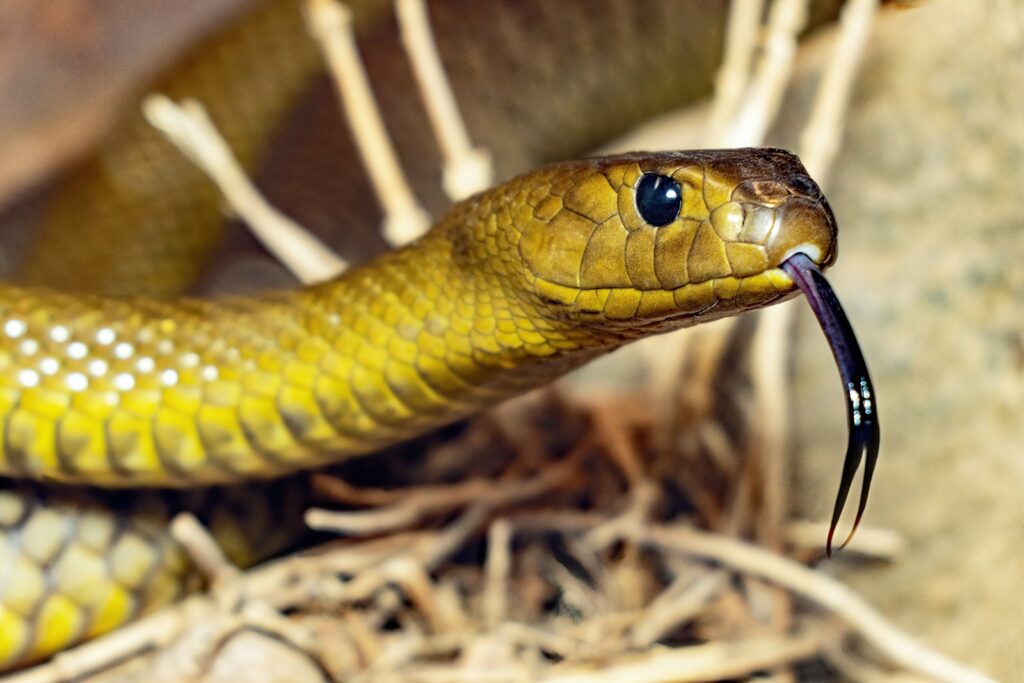
Scientists use several methods to quantify and compare the potency of different reptile venoms, though these measurements don’t always translate directly to danger to humans. The most common metric is the LD50 (Lethal Dose 50%), which measures the amount of venom required to kill 50% of a test population of mice within a specific time frame, typically expressed as milligrams of venom per kilogram of body weight. Smaller LD50 values indicate more potent venoms, with the inland taipan recording an astonishingly low 0.01 mg/kg when injected intravenously.
However, LD50 values don’t account for venom yield, delivery efficiency, or behavioral factors that significantly influence real-world danger. More comprehensive assessments consider multiple factors including average venom yield per bite, fang length, strike accuracy, and behavioral tendencies to provide a more nuanced understanding of potential lethality to humans.
Defensive vs. Predatory Lethality
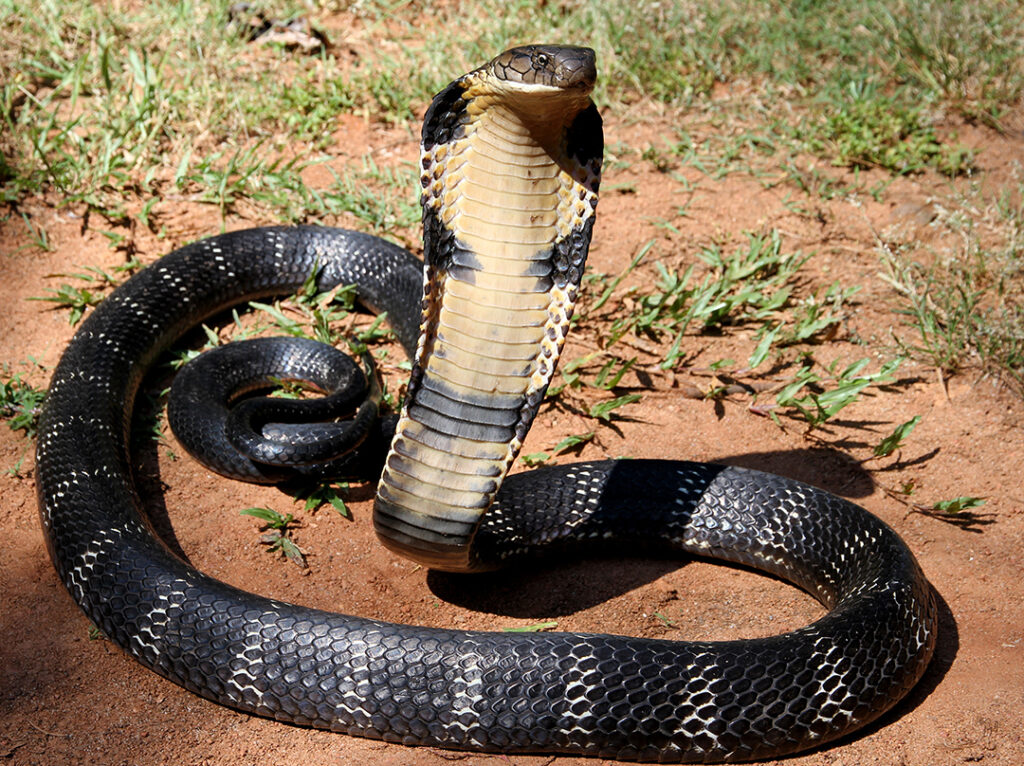
An important distinction in understanding reptilian lethality lies in recognizing the difference between defensive and predatory adaptations, which significantly influence human risk. Most venomous snakes use their venom primarily for hunting prey and employ it defensively against humans only as a last resort, often delivering “dry bites” without venom when striking defensively to conserve their metabolically expensive venom.
Species like the king cobra can control their venom output, sometimes delivering warning bites with minimal venom before fully envenomating if threats persist. Conversely, large constrictors and crocodilians that rely on physical power may view humans as potential prey under certain circumstances, making their interactions potentially more predatory than defensive. Understanding this distinction helps explain why many highly venomous species cause relatively few human fatalities compared to their venom potency, as they generally prefer escape over confrontation when encountering humans.
Medical Significance and Antivenom Development

The study of reptile venom has profound medical implications, both in treating envenomation and developing new therapeutic drugs. Antivenom, the primary treatment for venomous bites, is typically produced by injecting diluted venom into large mammals like horses, whose antibody-rich blood serum is then harvested and purified. The complexity of reptile venoms presents significant challenges for antivenom production, as each species may require specific antivenom formulations to neutralize their unique toxin profiles.
Paradoxically, the same compounds that make reptile venoms deadly also make them valuable in pharmaceutical research, with venom components being developed into medications for conditions ranging from hypertension to chronic pain. The blood-clotting enzymes in some vipers’ venom, for instance, have been transformed into drugs that both prevent dangerous clots in heart attack patients and stop bleeding in surgical procedures, demonstrating how these evolutionary weapons can be repurposed for human benefit.
Conservation Implications of Lethal Reptiles
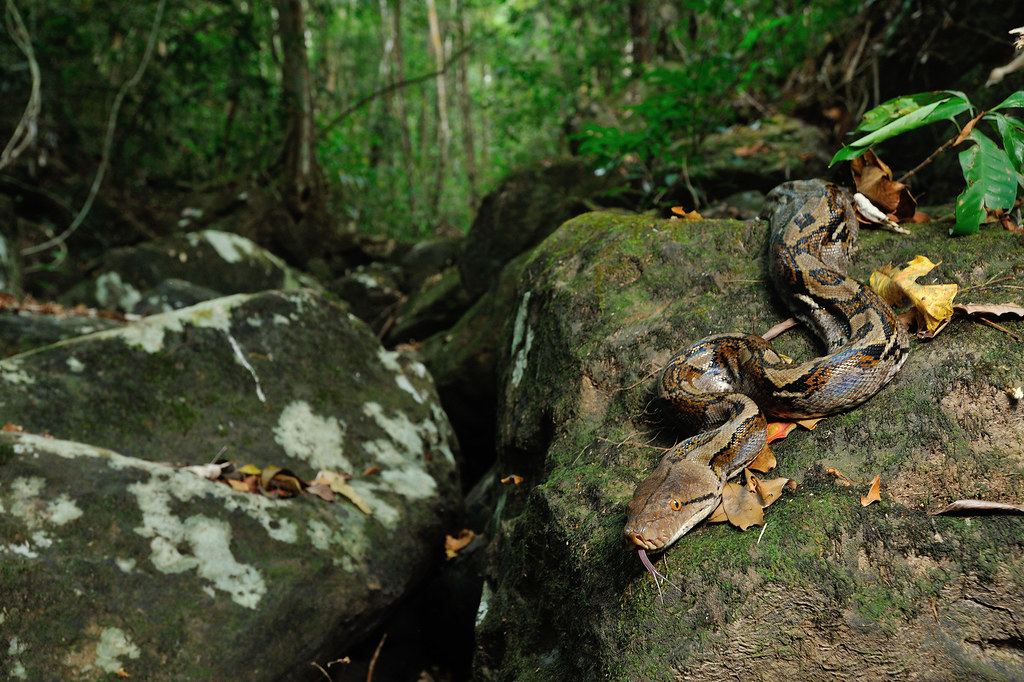
Despite their fearsome capabilities, many of the world’s most lethal reptiles face significant conservation challenges due to habitat destruction, climate change, and direct persecution by humans. The king cobra, black mamba, and many rattlesnake species have experienced population declines across portions of their ranges, undermining important ecological roles as both predators and prey in their ecosystems. Venomous reptiles often face disproportionate killing due to fear, despite the fact that most species avoid human contact whenever possible.
Conservation efforts are complicated by the legitimate public safety concerns these animals can present, requiring nuanced approaches that protect both humans and reptiles. The preservation of these species is not merely an ecological imperative but also protects potential medical resources, as each unique venom represents a complex chemical library that could yield future treatments for human diseases.
The lethal capabilities of certain reptiles represent some of nature’s most sophisticated evolutionary adaptations, combining chemical, mechanical, and behavioral specializations refined over millions of years. From the molecular precision of neurotoxins to the overwhelming physical power of a crocodile’s bite, these mechanisms demonstrate the incredible diversity of solutions that evolution has produced for the universal challenges of survival and reproduction.
While these adaptations can prove deadly to humans in certain circumstances, understanding the science behind reptilian lethality not only helps us minimize risk but also allows us to appreciate these remarkable animals for what they truly are: masterpieces of natural engineering rather than villains to be feared. As research continues to unlock the secrets of reptile venom and power, we gain not only greater respect for these ancient predators but also valuable insights that may someday save human lives through medical applications derived from the very adaptations that make these creatures so formidable.

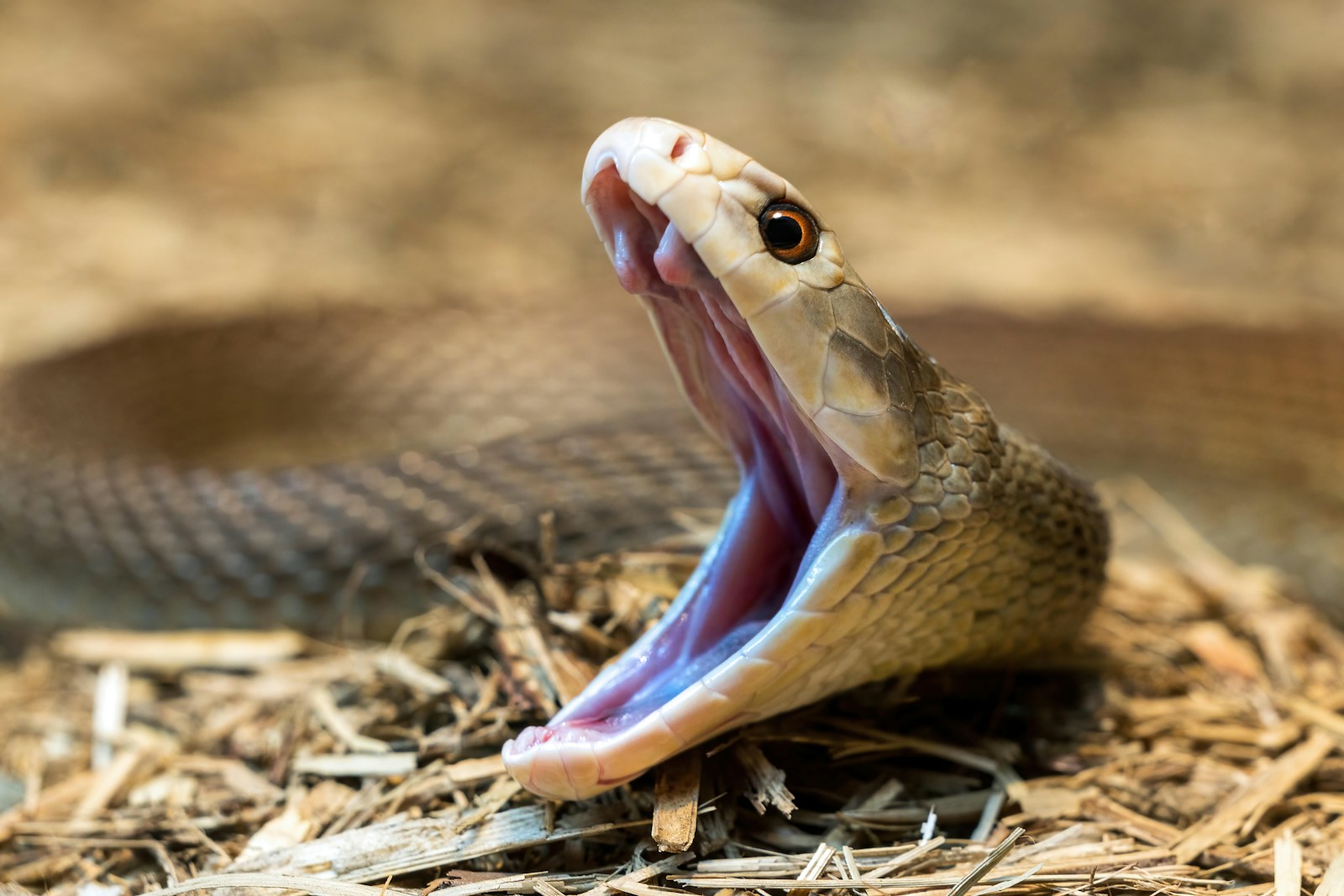

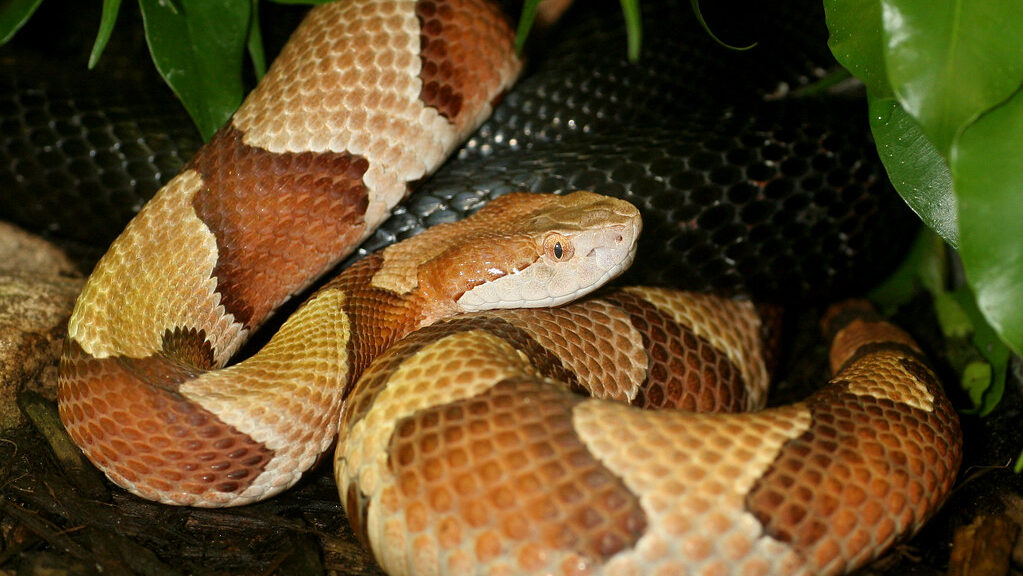
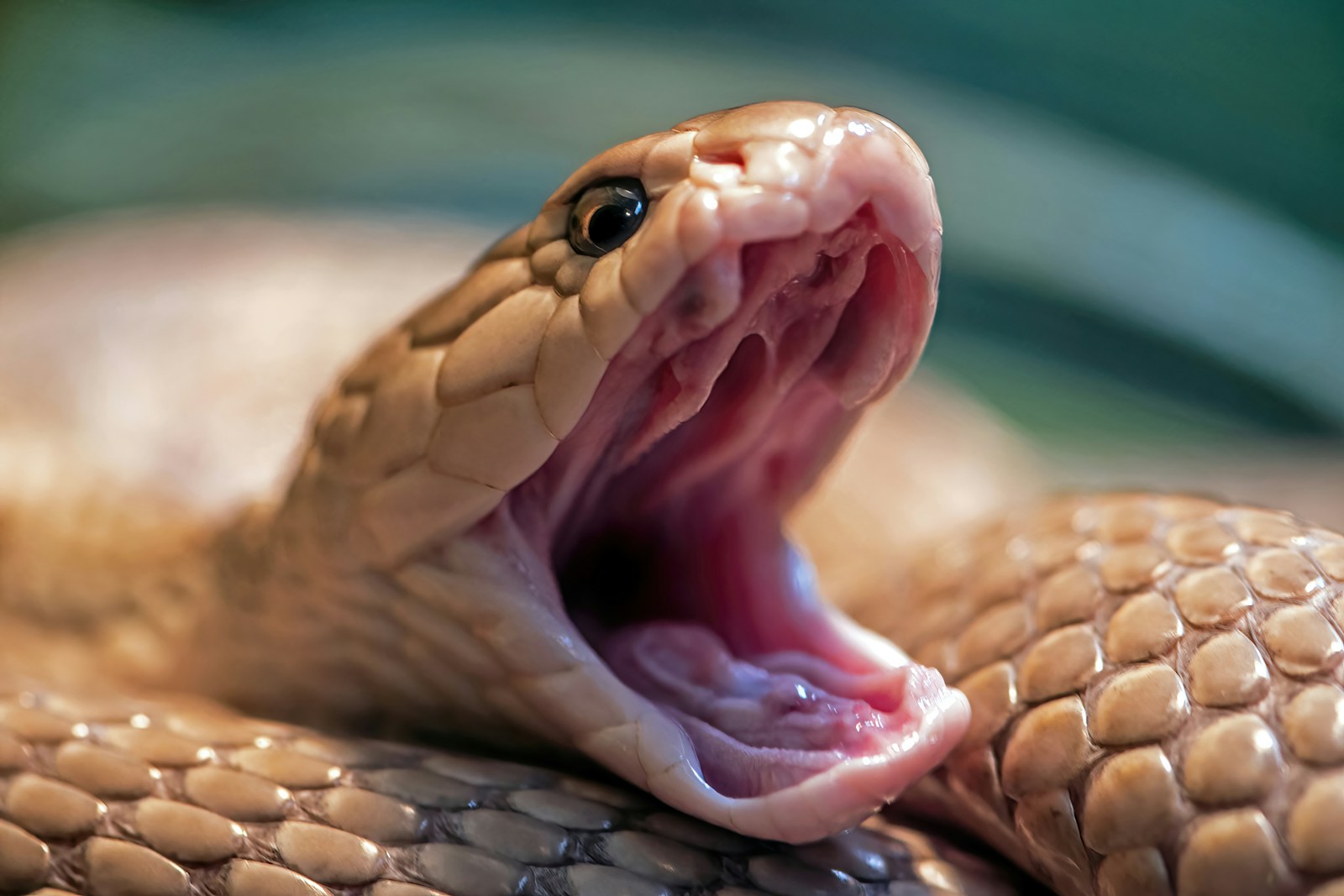
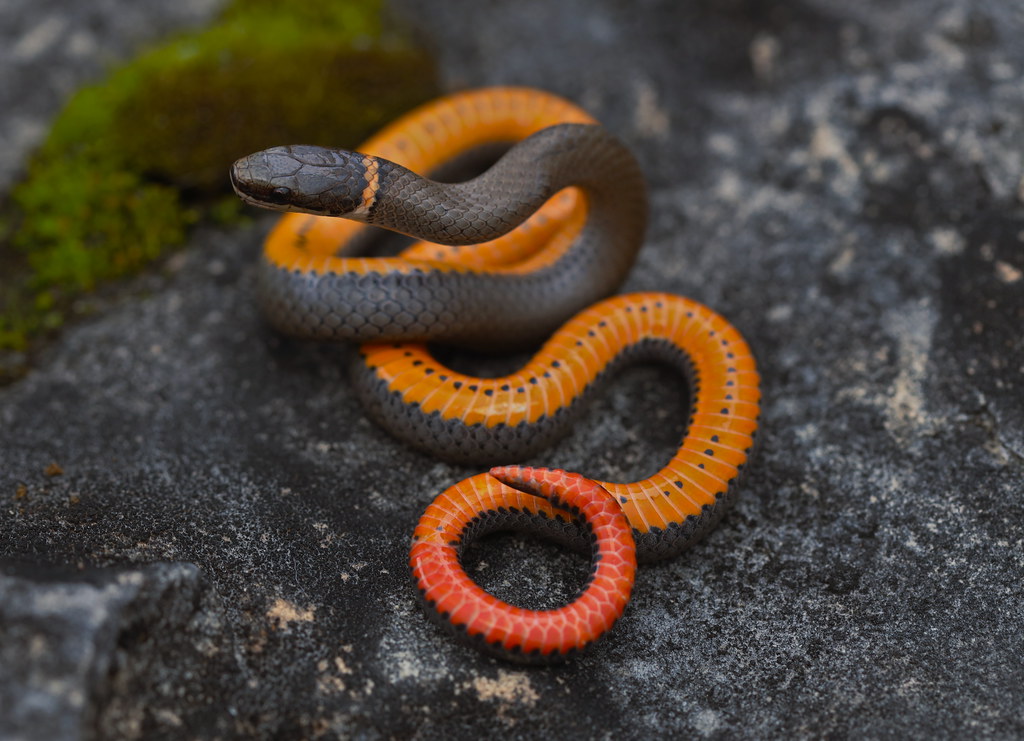
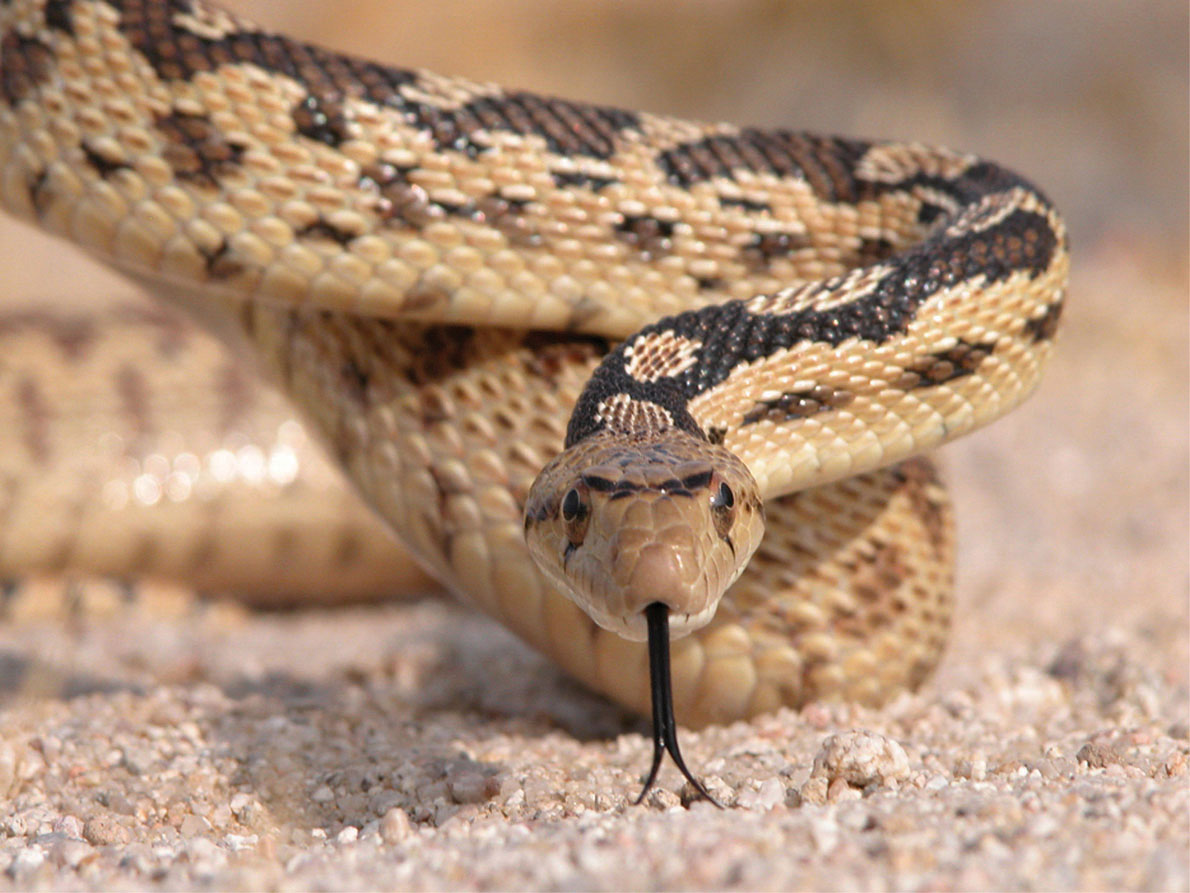
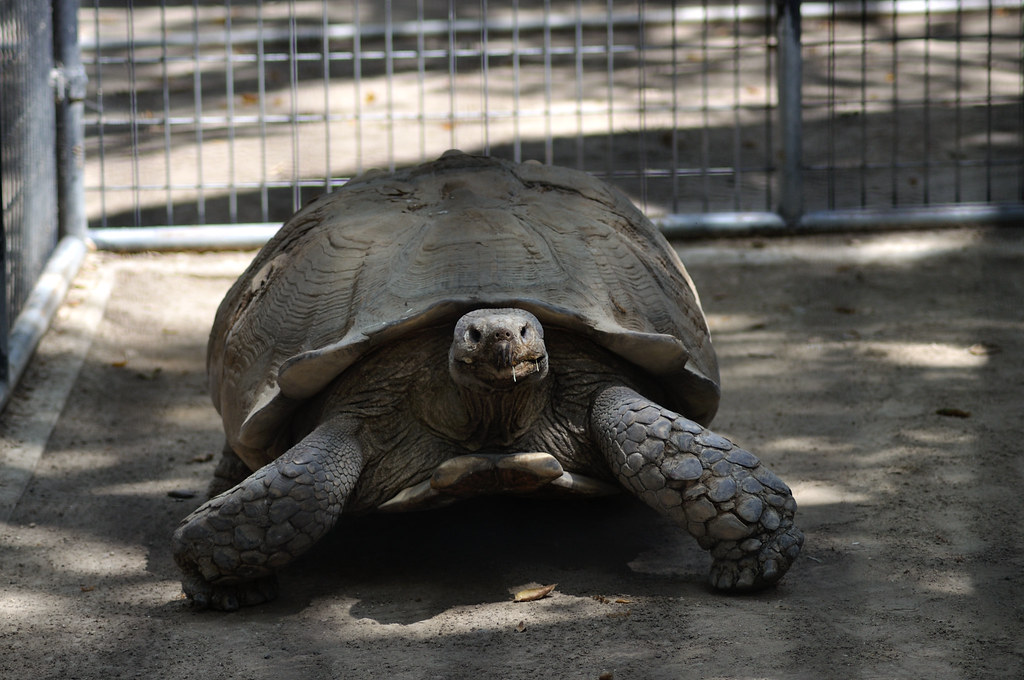
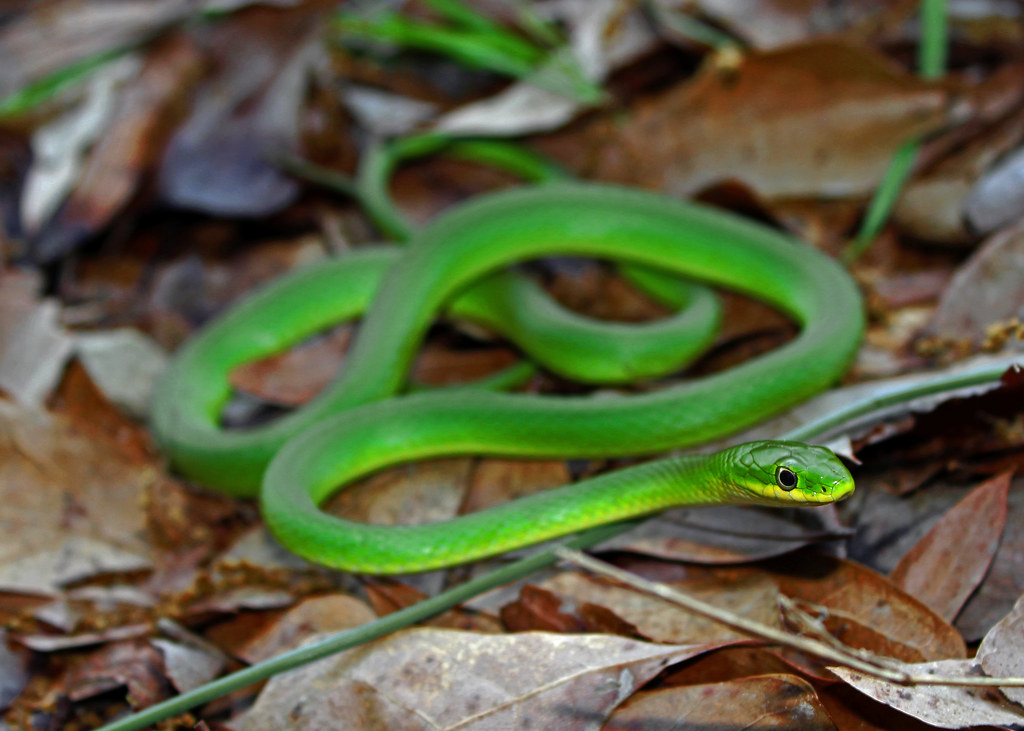


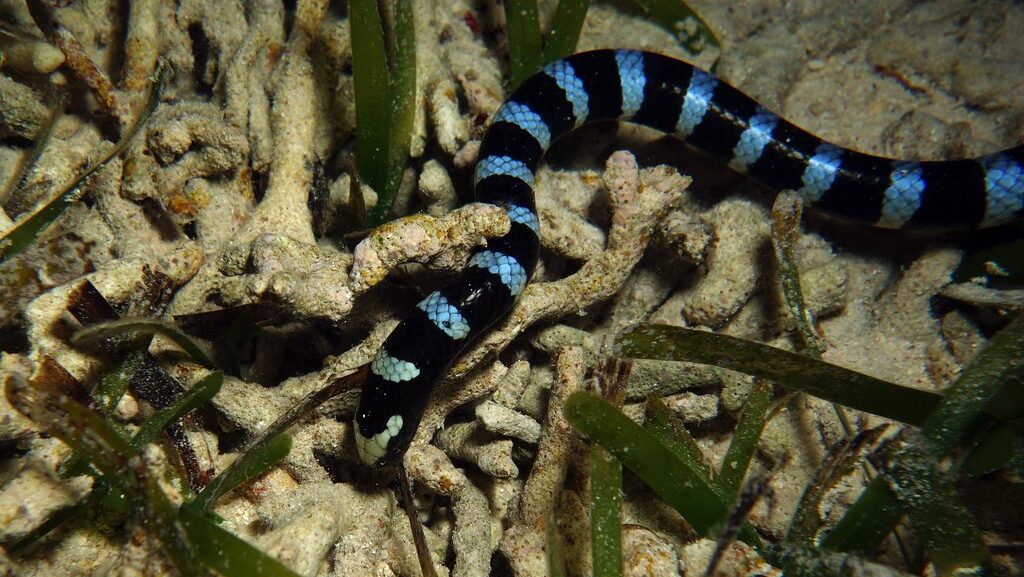



Leave a Reply